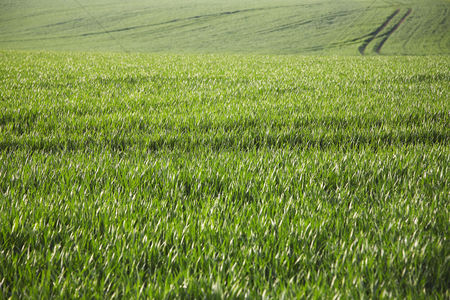Lead is a commonly occurring component that is found in various parts of the environment. While it may have some beneficial uses like excellent malleability and corrosion resistance, numerous studies have revealed that it can negatively impact the environment.
Lead Contributes to Air Pollution
Today, the primary sources of lead include waste management systems, utilities, and lead-acid batteries. The highest concentration of lead is usually found near manufacturing plants. When these sources emit lead in the air, it can be inhaled or ingested by human and wildlife. Once in the body, lead quickly spreads and accumulates in the bones, adversely affecting the nervous system, immune system, and cardiovascular system.
Exposure also affects the oxygen-carrying capacity of the blood. Infants and young children are highly sensitive, even to minute levels of lead. Lead affects the developing brain, contributing to learning deficits, lowered IQ, and behavioral problems. In severe cases, lead ingested through air pollution causes developmental problems in children.
It Compromises Root Growth in Flora
Elevated levels of lead in the environment affect the growth level and germination of plants. In comparison to plants that experience normal growing conditions, plants that are exposed to lead in the early levels of growth have stunted growth. Any increase in the metal concentration affects the roots and consistently inhibits the growth of the plant.
The absorption of lead by the roots occur via the plants’ apoplastic pathway. As such, the excessive presence of lead impairs the biochemical functions of the plant. This not only leads to adverse effects in the plant roots but also in the plant’s entire growth cycle.
Lead is Concentrating in Marine Ecosystems
Apart from exposure to mercury, fish can also be exposed to a substantial level of poly-chlorinated biphenyls, which are inclusive of lead. These toxins are banned in the United States but they still easily contaminate the environment. As such, the existence of these chemicals put communities that rely on marine animals for food at risk.
Those who ingest these dangerous chemicals suffer from an increased risk of cancer, infertility, and sexual related problems. According to the University of Illinois researchers, fish-eaters with high PCB levels in their blood can seemingly be forgetful.
Adds to the Failure of Ecosystems
Lead moves into and throughout the ecosystem. Chemical and physical properties of lead influence its movement in vegetation, ground and water surfaces. Plants, microorganisms, and animals do not experience normal biochemical process when exposed to lead. The effects of lead in the ecosystem are usually seen as a form of stress and negatively impact the cycle and hierarchy of the food chain.
Exposure Also Affects Animals
The effects of lead are quite similar in almost all mammals. When it comes to animals, cattle and poultry are at the highest risk. This is because they are known to be opportunistic feeders and scavengers. Farm animals then eat contaminated feed and silage.
Hungry cattle are sometimes known to consume non-food items that may contain hazardous chemicals such as lead. When animals have food poisoning, their central nervous system, like that of humans, becomes damaged. They will appear dull, unresponsive and in some cases, go blind.
When elevated blood lead levels or behavioral change is detected in livestock, proper medical action should be immediately taken. As such, periodic testing of animals should always be conducted. Regarding human beings, lead causes serious diseases in both children and adults. If not discovered in time, excessive lead intake may be fatal.
Lead poisoning has affected the ecosystem since the 18th century. As lead does not have any recognized biological function, it quickly causes serious health effects when it enters the body. It’s essential to be aware of lead’s hazards and dangers that this pollutant poses, emphasizing the importance of the right preventive measures. As an element characterized by its high toxicity, exposure to lead can be fatal for plants, animals, and humans alike.


